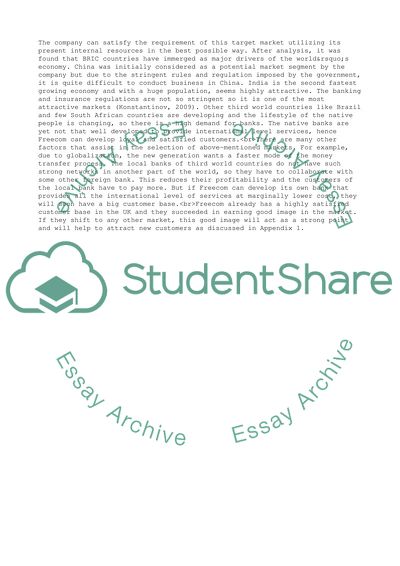Cite this document
(A Resource-Based Approach For A Corporate Strategy Case Study, n.d.)
A Resource-Based Approach For A Corporate Strategy Case Study. Retrieved from https://studentshare.org/business/1731067-strategic-business-context
A Resource-Based Approach For A Corporate Strategy Case Study. Retrieved from https://studentshare.org/business/1731067-strategic-business-context
(A Resource-Based Approach For A Corporate Strategy Case Study)
A Resource-Based Approach For A Corporate Strategy Case Study. https://studentshare.org/business/1731067-strategic-business-context.
A Resource-Based Approach For A Corporate Strategy Case Study. https://studentshare.org/business/1731067-strategic-business-context.
“A Resource-Based Approach For A Corporate Strategy Case Study”, n.d. https://studentshare.org/business/1731067-strategic-business-context.


